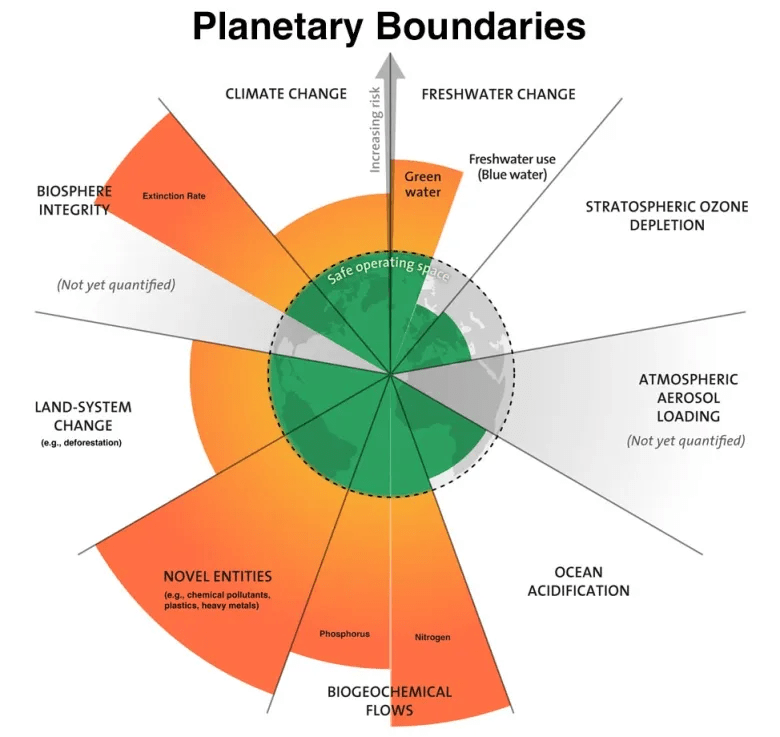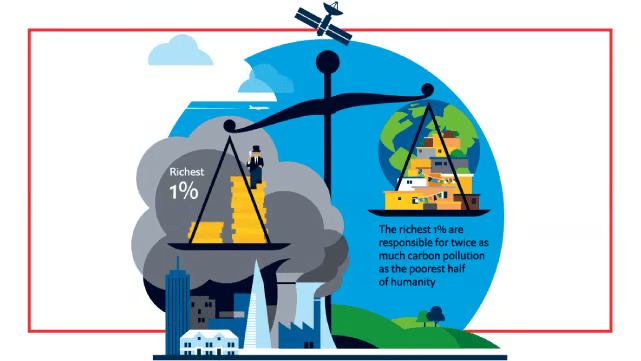At an altitude of 2,900 meters above sea level, the effects of climate change are starkly visible. The ski station has resorted to using plastic sheeting to preserve snow, illustrating the need for more sustainable solutions. Meanwhile, the transportation sector is seeing promising innovations like Talgo’s hydrogen-powered trains, or hydrail. This technology eliminates the need for overhead wires and significantly cuts carbon emissions, providing a potential game-changer in the fight against climate change. However, challenges such as hydrogen infrastructure costs and storage efficiency must be addressed before widespread implementation can take place. Governments and industries need to work together to overcome these obstacles, invest in hydrogen production, and build the necessary infrastructure.





